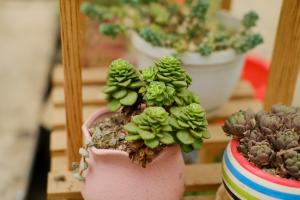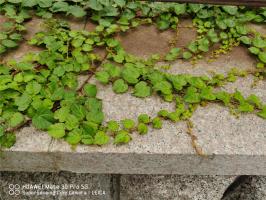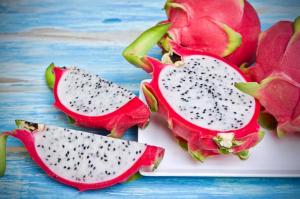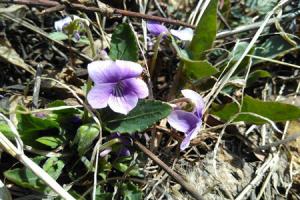1、 What is it
1. Introduction to families and genera: mustard is an annual herb, belonging to Cruciferae and Brassica. It originated in Asia and is cultivated all over China
2. Morphological characteristics: the height of mustard is about 30-150 cm, the stem is very upright, the plant has branches, the leaf shape is wide ovate to obovate, and the length is about 15-35 cm. It blooms from March to may in spring. The flowers are terminal racemes, the color of the flowers is yellow, and the shape of the petals is obovate. The fruit is linear, and the seed is spherical, with a diameter of about 1 mm

3. Edible value: mustard is rich in nutrients. The stems and leaves can be eaten. The ground seeds can be used as seasoning and oil extraction. Eating mustard has many effects and functions. It can detoxify and detumescence, refresh and refresh the brain, appetize and eliminate food, brighten the eyes and defecate, which is better for the body
4. Variety classification: there are many varieties of mustard, including sauerkraut, mustard, turnip, oil mustard, multi lobed leaf mustard, large leaf mustard, wrinkled leaf mustard, etc

2、 What's the name in the countryside
Mustard has many aliases. In rural areas, it is commonly known as spicy pimple, sauerkraut, mustard pimple, mustard spicy, mustard head and so on


 jackfruit
jackfruit snake plant
snake plant hibiscus
hibiscus hydrangea
hydrangea lavender
lavender Green roses climb al...
Green roses climb al... If you don't pay att...
If you don't pay att... Management of four g...
Management of four g...



































